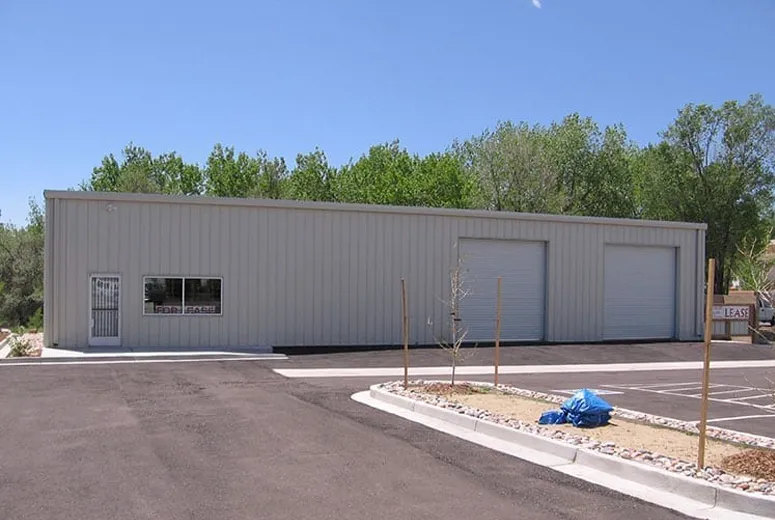- Afrikaans
- Albanian
- Amharic
- Arabic
- Armenian
- Azerbaijani
- Basque
- Belarusian
- Bengali
- Bosnian
- Bulgarian
- Catalan
- Cebuano
- Corsican
- Croatian
- Czech
- Danish
- Dutch
- English
- Esperanto
- Estonian
- Finnish
- French
- Frisian
- Galician
- Georgian
- German
- Greek
- Gujarati
- Haitian Creole
- hausa
- hawaiian
- Hebrew
- Hindi
- Miao
- Hungarian
- Icelandic
- igbo
- Indonesian
- irish
- Italian
- Japanese
- Javanese
- Kannada
- kazakh
- Khmer
- Rwandese
- Korean
- Kurdish
- Kyrgyz
- Lao
- Latin
- Latvian
- Lithuanian
- Luxembourgish
- Macedonian
- Malgashi
- Malay
- Malayalam
- Maltese
- Maori
- Marathi
- Mongolian
- Myanmar
- Nepali
- Norwegian
- Norwegian
- Occitan
- Pashto
- Persian
- Polish
- Portuguese
- Punjabi
- Romanian
- Russian
- Samoan
- Scottish Gaelic
- Serbian
- Sesotho
- Shona
- Sindhi
- Sinhala
- Slovak
- Slovenian
- Somali
- Spanish
- Sundanese
- Swahili
- Swedish
- Tagalog
- Tajik
- Tamil
- Tatar
- Telugu
- Thai
- Turkish
- Turkmen
- Ukrainian
- Urdu
- Uighur
- Uzbek
- Vietnamese
- Welsh
- Bantu
- Yiddish
- Yoruba
- Zulu
Nov . 18, 2024 07:54 Back to list
The Skeleton Steel Framing System A Pillar of Modern Architectural Design
In the realm of modern architecture and construction, the skeleton steel framing system stands as a significant innovation that has revolutionized building design and structural integrity. This technique encompasses a skeletal framework of vertical and horizontal steel members, creating a robust structure capable of supporting various loads and resisting environmental stresses. Used extensively in high-rise buildings, industrial facilities, and bridges, skeleton steel framing has become an essential method in contemporary engineering.
Understanding the Basics of Skeleton Steel Framing
At its core, the skeleton steel framing system is based on a simple yet effective principle a framework made of steel beams and columns provides the primary structure, while non-load-bearing walls, ceilings, and floors are attached to it. The framework acts as the skeleton of the building, allowing for flexibility in design, spacious interiors, and the ability to reach considerable heights—unlike traditional methods that rely heavily on load-bearing walls.
One of the key components of this system is the use of steel columns and beams, which are fabricated from high-strength steel to withstand significant weights and forces. The columns are installed vertically, while the beams run horizontally, forming a grid-like pattern. This configuration not only enhances the stability of the structure but also allows architects to create open spaces without the need for intrusive walls, leading to more versatile and functional designs.
Benefits of Skeleton Steel Framing
The advantages of skeleton steel framing are manifold. Firstly, it offers remarkable strength-to-weight ratios, making it possible to construct taller buildings without excessively increasing the overall weight of the structure. This characteristic is particularly advantageous in urban areas where building space is limited, as it allows for the construction of skyscrapers and other elevated structures.
Additionally, the use of steel contributes to design flexibility. Architects are afforded the freedom to experiment with various shapes and architectural styles, as the framework can support complex geometries and expansive floor plans. The ability to incorporate large windows and open spaces not only enhances the aesthetic appeal but also promotes natural lighting and ventilation, contributing to a healthier indoor environment.
skeleton steel framing system

Furthermore, the skeleton steel framing system is conducive to rapid construction. Steel components can be prefabricated off-site, reducing on-site construction time and minimizing labor costs. This efficiency is particularly beneficial for commercial and residential projects requiring expedited timelines. The durability of steel also means that maintenance costs are generally lower, as steel structures are resistant to issues such as rot, mold, and pests.
Environmental Considerations
As the construction industry faces increasing scrutiny regarding sustainability, the skeleton steel framing system demonstrates several environmentally friendly attributes. Steel is a highly recyclable material, and many modern buildings are constructed using recycled steel. This reduces the demand for new raw materials and lessens the environmental impact associated with mining and processing.
Moreover, the durability and longevity of steel structures contribute to sustainability by extending the lifespan of buildings and reducing the frequency of replacements or extensive renovations. With proper design considerations, steel-framed buildings can also incorporate green technologies, such as solar panels and energy-efficient systems, further minimizing their ecological footprint.
Challenges and Future Developments
Despite its numerous benefits, the skeleton steel framing system is not without challenges. One significant concern is the susceptibility of steel to corrosion over time, particularly in coastal or industrial areas where exposure to moisture and pollutants is high. However, advancements in protective coatings and materials are continually improving the resistance of steel to environmental degradation.
Looking to the future, the integration of technology such as Building Information Modeling (BIM) and advanced fabrication techniques promises to enhance the efficiency of skeleton steel framing. These developments aim to streamline the design and construction process, improve precision, and facilitate innovative architectural solutions.
In conclusion, the skeleton steel framing system represents a remarkable advancement in modern construction, embodying a balance of strength, flexibility, and sustainability. As architects and builders continue to push the boundaries of design possibilities, this system will undoubtedly remain a cornerstone in the evolution of architectural innovation, shaping skylines and redefining urban landscapes around the globe.
-
Cold Formed Steel Residential Framing
NewsMay.21,2025
-
Innovative Steel Structure Building Solutions
NewsMay.19,2025
-
Innovative Prefab Metal Shed Solutions
NewsMay.19,2025
-
Durable Steel Horse Shelter Solutions
NewsMay.19,2025
-
Durable Metal Shed Solutions
NewsMay.19,2025
-
Durable Big Metal Shed Solutions
NewsMay.19,2025
Products categories
Our Latest News
We have a professional design team and an excellent production and construction team.












